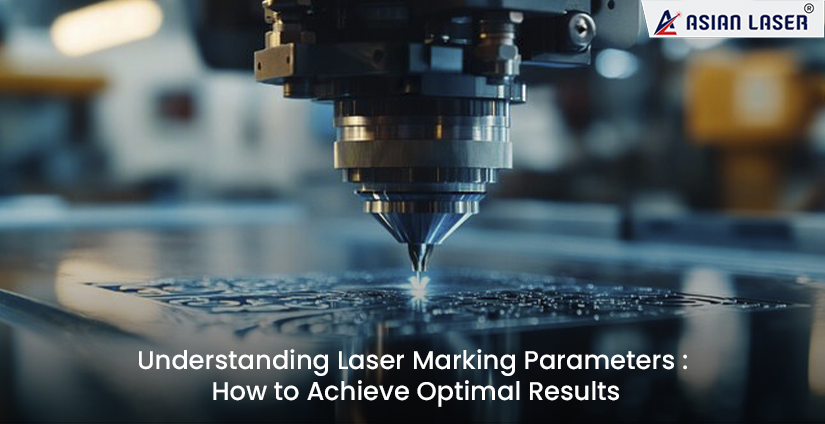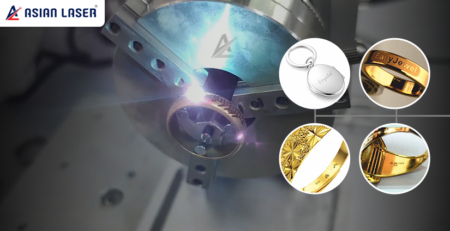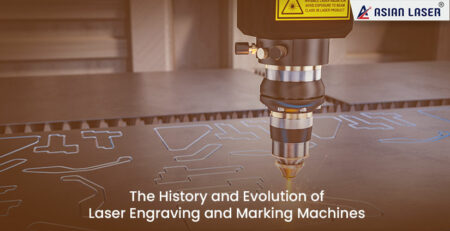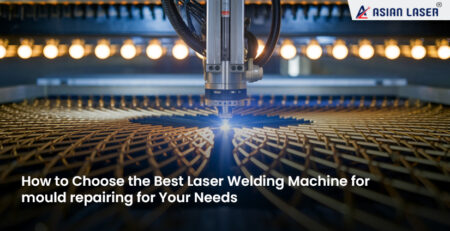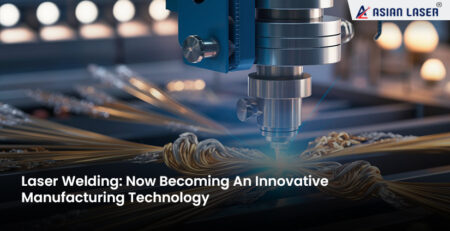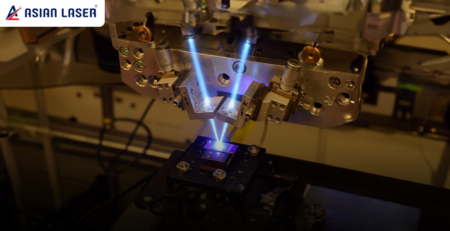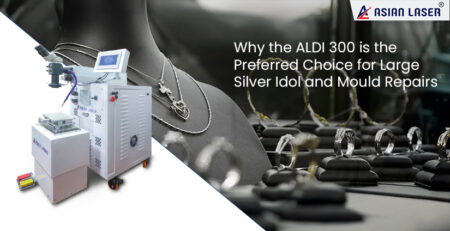Understanding Laser Marking Parameters: How to Achieve Optimal Results
Laser marking is a precise and versatile technology used to permanently mark various materials. However, achieving optimal results requires a deep understanding of the crucial laser marking parameters. These parameters, when adjusted correctly, significantly impact the quality and durability of the mark, ensuring it meets the desired specifications and industry standards.
Introduction
Laser marking machines utilize focused laser beams to interact with the material’s surface, altering its properties to create a visible mark. This process can involve ablation (material removal), discoloration, or even modifying the material’s microstructure. The key to successful laser marking lies in carefully controlling the laser’s interaction with the material, and this is where understanding and optimizing laser marking parameters becomes paramount.
Body
Several critical laser marking parameters influence the final result:
- Power: This parameter determines the laser’s energy output. Higher power levels generally lead to deeper marks but can also increase the risk of material damage or distortion, especially with delicate materials.
- Frequency: The frequency, or pulse repetition rate, dictates how many pulses the laser emits per second. Higher frequencies can increase marking speed but may require lower power levels to prevent overheating.
- Pulse Width: This parameter controls the duration of each laser pulse. Shorter pulse widths often produce cleaner marks with less heat-affected zones, while longer pulses can be more effective for deeper marking.
- Focus: The laser beam must be precisely focused on the target area to achieve the desired mark quality. Incorrect focus can lead to blurry or distorted marks.
- Speed: The speed at which the laser head moves across the material influences the mark’s characteristics. Slower speeds generally result in deeper marks, while faster speeds can increase productivity.
- Hatching: For complex designs, hatching patterns can be employed. This involves overlapping multiple laser passes to create a more defined mark.
- Material Type: Different materials exhibit varying responses to laser radiation. Factors like reflectivity, absorptivity, and thermal conductivity significantly impact the optimal laser marking parameters.
Optimizing these laser marking parameters requires a combination of experience, experimentation, and careful consideration of the specific application.
Factors Influencing Parameter Selection
Several factors influence the selection of optimal laser marking parameters:
- Mark Requirements: The desired mark characteristics, such as depth, contrast, and edge sharpness, will dictate the necessary parameter settings.
- Material Properties: As mentioned earlier, the material’s physical and chemical properties significantly impact how it interacts with the laser.
- Application: The specific application, such as industrial marking, medical device marking, or jewelry engraving, will have unique requirements for mark quality and durability.
Achieving Optimal Results
To achieve optimal results with your laser marking machine, consider the following:
- Start with Manufacturer Recommendations: Begin by consulting the laser marking machine manufacturer’s guidelines for recommended parameter settings for specific materials and applications.
- Conduct Test Marks: Perform test marks on sample materials to evaluate the impact of different parameter combinations.
- Use Marking Software: Utilize specialized marking software to create and optimize designs, simulate marking processes, and automate parameter adjustments.
- Regular Maintenance: Ensure your laser marking machine is properly maintained to ensure optimal performance and consistent results.
Asian Laser: A Leading Manufacturer of High-Quality Laser Marking Machines
Asian Laser is a renowned laser marking machine manufacturer in India, offering a wide range of high-quality machines, including the Laser Marking Machine ALX 20. Our machines are designed and manufactured to the highest standards, incorporating cutting-edge technology and adhering to strict quality control measures. As a CE-certified and ISO-compliant company, we prioritize customer satisfaction and provide comprehensive support to ensure optimal performance and long-term reliability.
Conclusion
Understanding and optimizing laser marking parameters is crucial for achieving high-quality, durable, and consistent marks. By carefully considering the factors discussed above and employing a systematic approach to parameter selection, you can maximize the efficiency and effectiveness of your laser marking machine.
FAQs
- What is the most important laser marking parameter?
- While all parameters are crucial, power is often considered the most critical as it directly influences the energy delivered to the material.
- How does material type affect laser marking parameters?
- Different materials have varying absorption rates and thermal conductivities, requiring adjustments to power, pulse width, and other parameters to achieve the desired mark.
- What is the role of focus in laser marking?
- Focus is critical as it determines the concentration of laser energy on the target area. Incorrect focus can lead to blurry, distorted, or incomplete marks.
- How can I improve mark quality?
- By carefully adjusting laser marking parameters, optimizing the marking process, and ensuring proper machine maintenance, you can significantly improve mark quality.
- Where can I find reliable laser marking machines in India?
- Asian Laser is a leading laser marking machine manufacturer in India, offering a wide range of high-quality and reliable machines to meet diverse marking needs.

